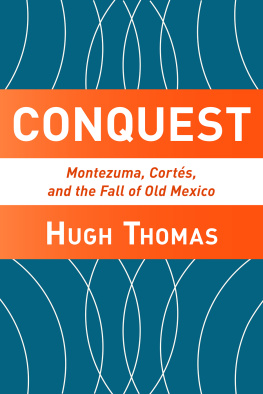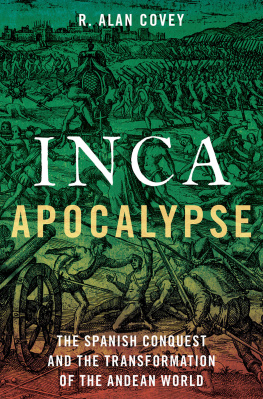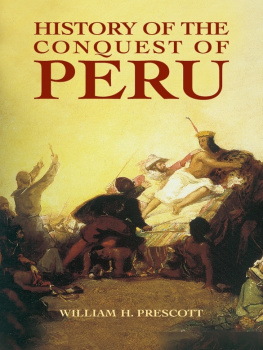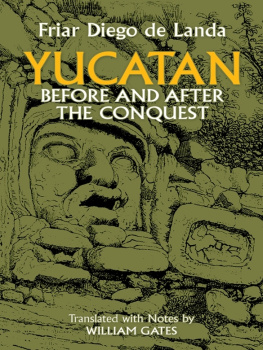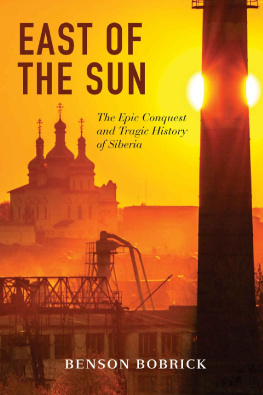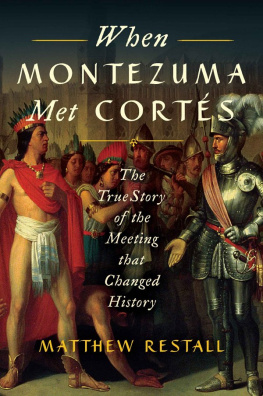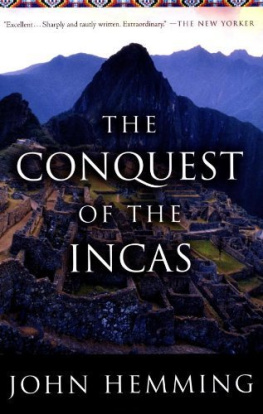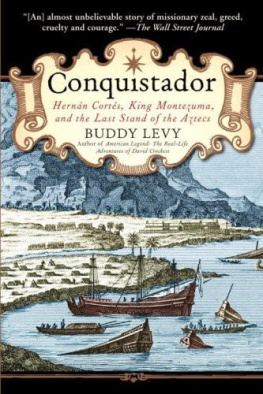By the same author
The Spanish Civil War
Cuba or the Pursuit of Liberty
The Suez Affair
John Strachey
Goya and The Third of May 1808
Armed Truce
An Unfinished History of the World
Ever Closer Union
Thank you for downloading this Simon & Schuster eBook.
Join our mailing list and get updates on new releases, deals, bonus content and other great books from Simon & Schuster.
C LICK H ERE T O S IGN U P
or visit us online to sign up at
eBookNews.SimonandSchuster.com
Contents
I
ANCIENT MEXICO
II
SPAIN OF THE GOLDEN AGE
III
TO KNOW THE SECRETS OF THE LAND
IV
CORTS AND MONTEZUMA
V
CORTS PLANS UNDONE
VI
THE SPANISH RECOVERY
VII
THE BATTLE FOR TENOCHTITLAN
VIII
AFTERMATH
This work is dedicated in gratitude to all my friends in Seville and in Mexico
List of Illustrations
(Courtesy of the British Museum)
(Museo de Antropologa, Mexico)
(Museo de Antropologa, Mexico)
(from Fr. Diego Durns Historia de las Indias de Nueva Espaa, in the Biblioteca Nacional Madrid)
(Cathedral, Seville)
(Saln del Almirante, Alczar, Seville)
(Museo del Templo Mayor, Mexico)
(Cristoph Weiditz, Das Trachtenbuch, 1529, in Dr Hampfes edition, Nuremburg 1927)
(Codex Magliabecchiano, c. 1540)
(Arxiu Fotografic de Museus, Barcelona)
(Museo de Antropologa, Mexico)
(attributed to Pieter van Aelst, after a cartoon attributed to Bernaert van Orley, c. 1520, in Museo de Tapices, San Ildefonso, Segovia)
(University of Bologna)
(Registro General del Sello, November 1488, folio 231, Archivo General de Simancas)
(Cristoph Weiditz, Das Trachtenbuch, 1529, in Dr Hampfes edition, Nuremberg 1927)
(from Gabriel Lasso de la Vegas Corts Valeroso y Mexicana, Madrid 1588, courtesy of the Mansell Collection)
(Photographie Bulloz, Paris)
(by Maestre Michel, Collection of the Duke of Infantado)
(Relief Felipe Vigarny, Universidad Complutense de Madrid)
(Terracotta bust, Gruuthuse Mansion, Bruges)
( c . 1550, from Mansell Collection)
(altarpiece of Jan Joest de Calcar, c. 1505, Palencia Cathedral)
(all from Museo de Antropologa, Mexico)
(Museo de Antropologa, Mexico)
(all from Cristoph Weiditz Das Trachtenbuch, 1529, in Dr Hampfes edition, Nuremberg 1927)
(Museo Luigi Pignorini, Rome)
Ceremonial shield
(Museum fur Vlkerkunde, Vienna)
(Museo, Tarragona)
(Museo, Vic)
(Royal Palace, Madrid)
(Royal Armoury, Madrid)
(Both in Florentine Codex, Biblioteca Laurenziana, Florence, Book XII)
(Museo degli Argenti, Florence)
(Museum fur Vlkerkunde, Vienna)
(Museo de Antropologa, Mexico)
The line drawings reproduced on the part-title pages are from the Florentine Codex in the Biblioteca Laurenziana,
except for:
II C. von Megenberg, Buch der Natur, Augsburg, 1478 (British Library)
VIII Frontispiece to the 2nd letter of Hernn Corts to Charles V, Seville, 1522 (British Library)
Preface
This book tells how a small party of well-led adventurers fought against a large static monarchy. It is also a study of a clash between two empires. Both were imaginative and inventive. Though different, they had some things in common: they held many things sacred, they had conquered others, they loved ceremonial. Both were by most modern standards cruel, but cultivated. Both intermittently dreamed of conquering what they thought of as the world. Both were possessed by powerful beliefs which their leaders looked on as complete explanations of human life.
The Spanish invasion of Mexico was a continuation of the conquests which began in 1492 after Columbus first journey. Hernn Corts, the Spanish commander, had lived in both Hispaniola and Cuba. All the members of his expedition had been for a time in those islands. A few of them had been elsewhere on the mainland, near Panama, before they went to what is now Mexico.
The peoples of Mexico were in 1519 ruled by a monarchy of greater sophistication than were the little chieftainships of the Caribbean before Columbus. The Aztecs or, as I prefer to call them, the Mexica (the reason is explained in the Notes, p. xix) had many qualities. They were well organised. Old Mexico was very like a state. One conquistador thought that their houses were superior to those of Spain. Upper-class Mexicans wore embroidered clothes. Their craftsmen made jewellery which astonished the Europeans. Being largely urban, they could provide something like universal education: at least to boys who were the children neither of serfs nor of slaves.
In the sixteenth century, the Spaniards still generally used the Roman system of numbering, including their fractions, rather than the more helpful decimal which the Arabs, thanks to the Hindus, had introduced many years before. The Mexicans had the vigesimal method, as well as the zero, which enabled calculations on a more accurate basis than was possible in Europe.
A controversy about the ethics of the Spaniards imperial mission had been engaged even before the discovery of Mexico, because of the soul-searching of several Dominican friars who had seen the empire in the Caribbean. The arguments seem today remote and dry. Yet no other European empire, neither the Roman, the French, nor the British, entered upon such discussions about the purposes of their expansion. The arguments continued. In 1770, the Marquis of Moncada sent a friend in France a beautiful ancient painted book, probably from Puebla, now known as the Map of Quinatzin. He wrote, You will judge for yourself if they [the Mexicans] were barbarous at that time when their country, their goods and their mines were stolen from them; or whether we were.
The morality of the Mexica is suggested by a passage in the Florentine Codex: where it is shown that, at least in theory, they admired many of the things which Christian gentlemen were supposed to in Europe: thrift, compassion, sincerity, carefulness, orderliness, energy, watchfulness, hard work, obedience, humility, grace, discretion, good memory, modesty, courage and resolution; while they despised laziness, negligence, lack of compassion, unreliability, untruthfulness, sullenness, dullness, squandering, deceit, pilfering, and even agitation, disrespect and treachery.
One element in the practices of the ancient Mexicans caused them to seem even to Spanish friars to be barbarians, and therefore in special need of salvation. That was human sacrifice. For Spaniards in Mexico, the evidence of human sacrifice removed all doubts about the morality of the invasion mounted by Corts, at least until the conquest was over.
Today we are all, as it were, Gibbonians. Different modes of worship seem to most of us as equally true, to our philosophers as equally false, and to our anthropologists as equally interesting. Every culture, Jacques Soustelle (author of a masterpiece about the daily life of the Mexica) reminded us, has its own ideas of what is, and what is not, cruel; adding that human sacrifice in old Mexico was inspired neither by cruelty nor by hatred: it was a response to the instability of a continually threatened world. Every people, it is now generally supposed, has its own right to conduct itself as its national customs provide.
Still, even now one would have to have a strong stomach to accept with a purely anthropological judgement all the manifestations of human sacrifice: not just the tearing out of the hearts of prisoners of war or slaves, but the wearing by priests of the skins of the victims (inside out) as a ceremonial uniform, the occasional throwing of victims into a fire, the incarceration or drowning of children, and finally the ceremonial eating of the arms and legs of the victims. How can we judge the Matlatzinca, who sacrificed people by slowly crushing them in a net? Are we really content to see the victims as bathers in an early dawn? Babies in arms, human standard-bearers, were brutally made to cry, to ensure that the god of rain, Tlaloc, seeing the tears, made no mistake about the nature of what was required. Later on, the Anglo-Saxons in North America seized upon the action of scalping as a justification of conquest. The conquistadors judged human sacrifice similarly. Whether it should be described as a good reason for the conquest would take us into detail inappropriate for a preface.
Next page
